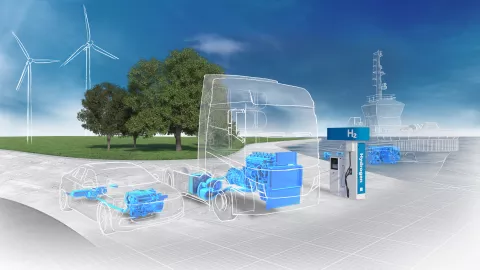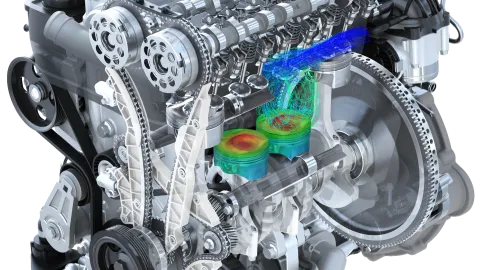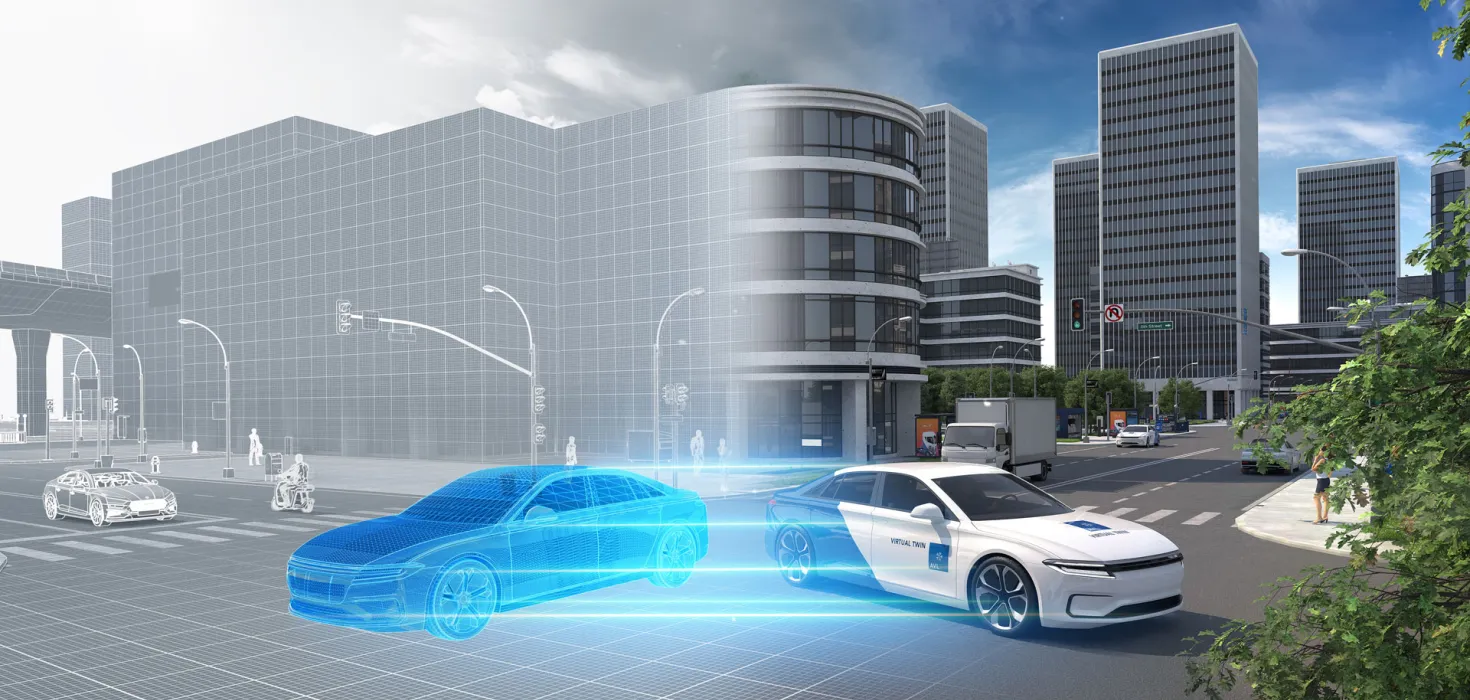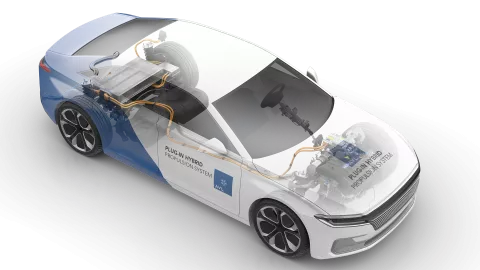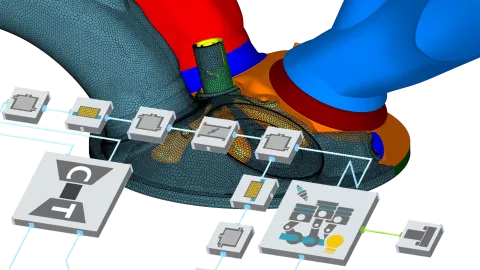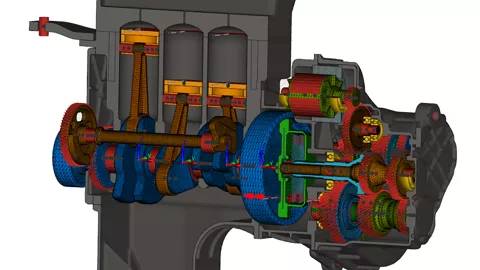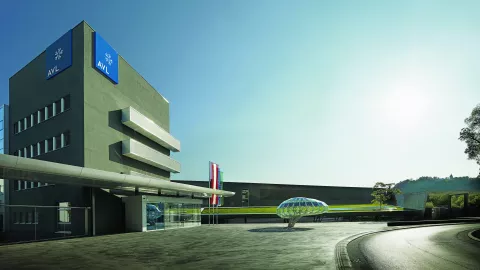There are currently four main challenges in the development of the ICE:
-
Emissions legislation is becoming stricter
-
Rising fuel prices require more efficient engines
-
New application and usage profiles through hybridization
-
Use of alternative fuels such as hydrogen or biofuels
By using simulation tools, you can overcome all these challenges. Precise Virtual Twins allow you to investigate new operating conditions, different use cases as well as fuels and their effects on your ICE concept with little effort.
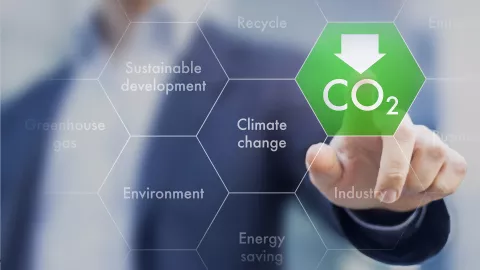
For example, analyze the combustion processes of alternative fuels. Look in detail at the effects of other energy densities, the different combustion conditions and, of course, the emission compositions.
In hybrid operation, the changed operating conditions can stress the engine differently. Of particular interest, therefore, is the engine's durability or how its operating behavior changes under more cold-start conditions. Moreover, you also explore the effects of vibrations and acoustics.


You can use Virtual Twins throughout the development process to look at new systems in detail, e.g. hybrid configurations. Thanks to AVL Simulation Desktop, you can do this on one platform and share and reproduce the results at all times.
- Oliver Knaus, Skill Team Leader Solution Management, AVL List GmbH
